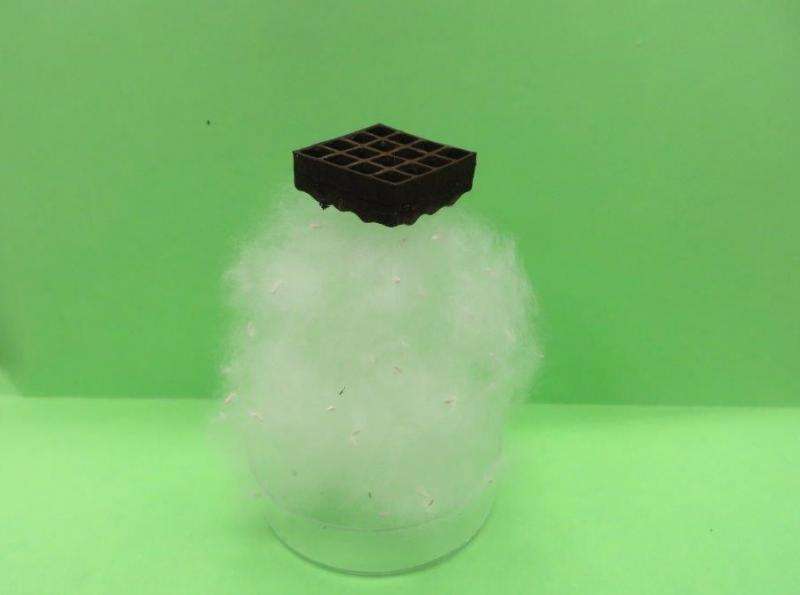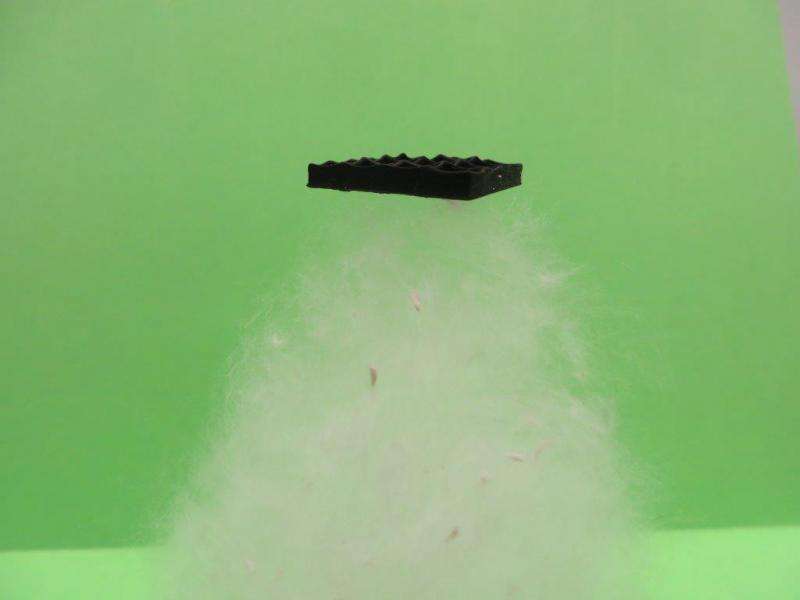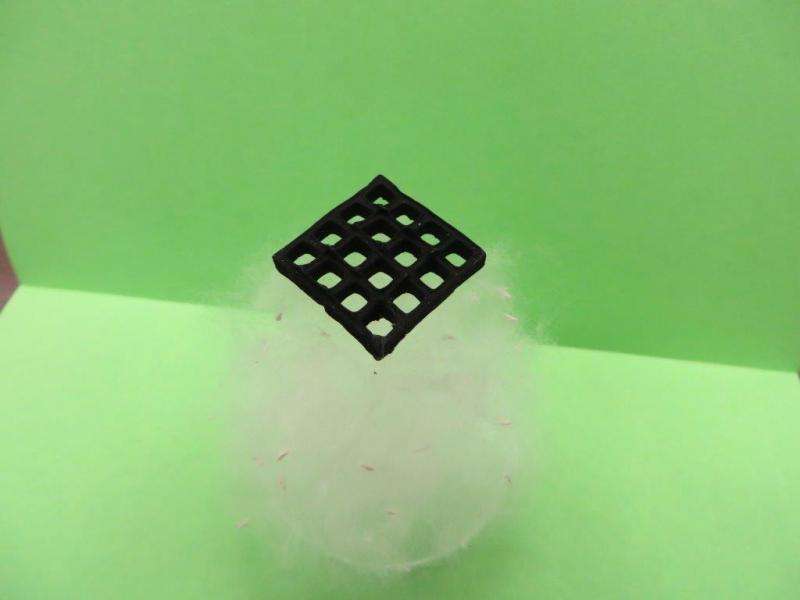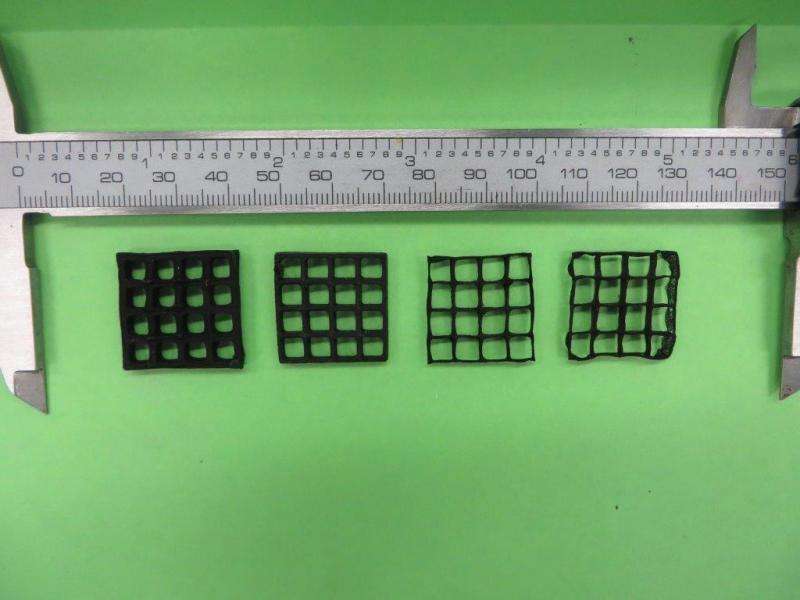The secret to 3-D graphene? Just freeze it

Graphene is a wonder material saddled with great expectations. Discovered in 2004, it is 1 million times thinner than a human hair, 300 times stronger than steel and it's the best known conductor of heat and electricity. These qualities could, among other things, make computers faster, batteries more powerful and solar panels more efficient.
But the material is tough to manipulate beyond its two-dimensional form.
Recently, scientists poured graphene oxide suspension, a gel-like form of the material, into freezing molds to create 3-D objects. The process works, but only with simple structures that have limited commercial applications.
Another option is to use a 3-D printer. In this scenario, scientists typically mix graphene with a polymer or other thickening agent. This helps keep the structure from falling apart. But when the polymer is removed via thermal process, it damages the delicate structure.
A research team - comprised of engineers from the University at Buffalo, Kansas State University and the Harbin Institute of Technology in China - may have solved that problem.
A study published Feb. 10 in the journal Small describes how the team used a modified 3-D printer and frozen water to create lattice-shaped cubes and a three-dimensional truss with overhangs using graphene oxide. The structures could be an important step toward making graphene commercially viable in electronics, medical diagnostic devices and other industries.

"Graphene is notoriously difficult to manipulate, but the structures we built show that it's possible to control its shape in three-dimensional forms," said Chi Zhou, assistant professor of industrial and systems engineering at UB's School of Engineering and Applied Sciences, and a corresponding author of the study.
Zhou is a member of the Sustainable Manufacturing and Advanced Robotic Technologies (SMART), a UB Community of Excellence launched in 2015; he also is a member of UB's New York State Center of Excellence in Materials Informatics.
In their experiments, the research team mixed the graphene oxide with water. They then printed the lattice framework on a surface of -25°C. The graphene is sandwiched between the layers of frozen ice, which act as a structural support.

After the process is completed, the lattice is dipped in liquid nitrogen, which helps form even stronger hydrogen bonds. The lattice is then placed in a freeze dryer, where the ice is changed into gas and removed. The end result is a complex, three-dimensional structure made of graphene aerogel that retains its shape at room temperature.
"By keeping the graphene in a cold environment, we were able to ensure that it retained the shape we designed. This is an important step toward making graphene a commercially viable material," said Dong Lin, assistant professor of industrial and manufacturing systems engineering at Kansas State University, and the study's other corresponding author.
The researchers plan to build on their findings by investigating how to create aerogel structures formed of multiple materials.

More information: Qiangqiang Zhang et al. 3D Printing of Graphene Aerogels, Small (2016). DOI: 10.1002/smll.201503524
Journal information: Small
Provided by University at Buffalo



















